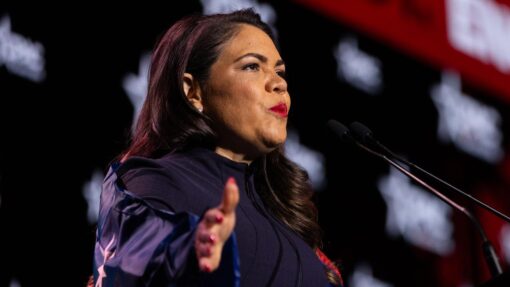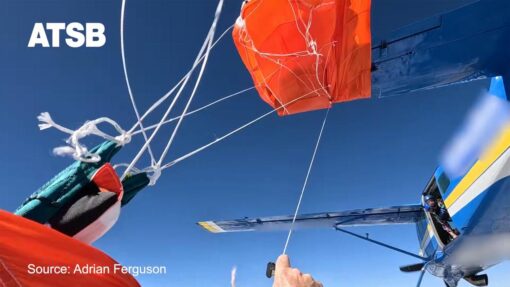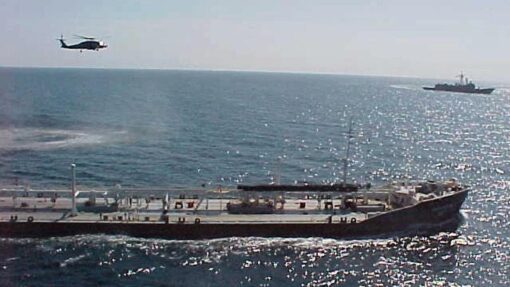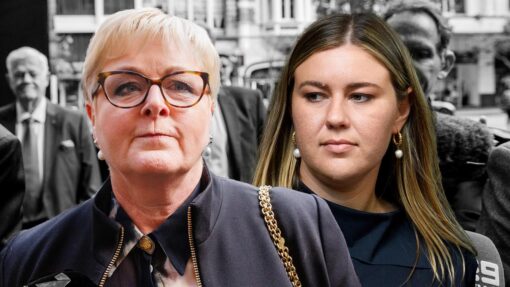Ghost flight accompanies New Zealand PM to China
Ben McKay |
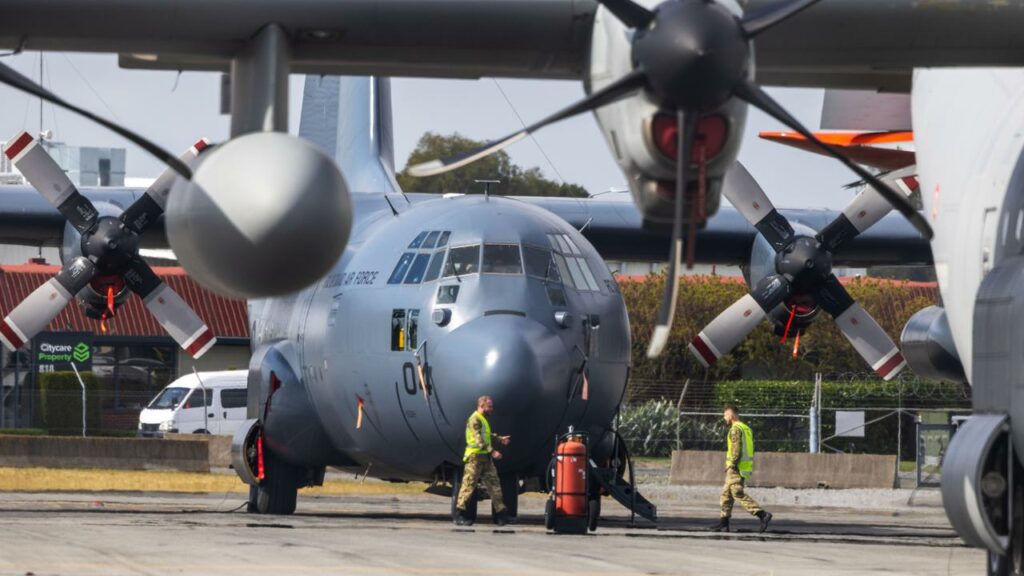
The defence force plane ferrying New Zealand Prime Minister Chris Hipkins to China has been judged so unreliable a back-up plane also flew in reserve.
The ghost flight, first reported by the NZ Herald, was ordered to make sure Mr Hipkins and the 81-strong Kiwi delegation made it to Beijing for a five-day visit beginning Monday.
The journey from Wellington to Beijing in the Royal New Zealand Air Force (RNZAF) Boeing 757 required two stops – in Cairns and Manila – to refuel on route.
The second plane shadowed the prime minister’s plane for the first two legs, then pre-positioned to Darwin for the trip home on Friday.
The defence ministry did not say how many people were on board, but its understood to be a skeleton crew.
The back-up flight has turned the spotlight on New Zealand’s under-funded defence force, and drawn criticism for its environmental impact.
Previous bungled prime ministerial missions would suggest the second plane was prudent.
Dame Jacinda Ardern and Sir John Key have been stuck in various places around the world due to breakdowns by NZRAF Boeing 757s and Hercules aircraft.
Last year, Dame Jacinda was left stranded in Antarctica overnight after a Hercules broke down leaving the frozen continent, catching a ride back to Christchurch with an Italian delegation the next day.
A 757 broke down on Dame Jacinda’s official visit to the United States last June, while she also took a commercial flight home from Melbourne in 2019 after another engineering issue.
Then-defence minister Peeni Henare and a 30-strong delegation were stuck in the Solomon Islands last August and former Deputy Prime Minister Winston Peters needed a second RNZAF plane to pick him up after a 2019 breakdown in Vanuatu.
A trade mission to India headed by Sir John in 2016 was cut short after a 757 was grounded in Townsville, giving the prime minister and his entourage an unexpected night in far north Queensland while they waited for a backup.
Opposition leader Chris Luxon, a former chief executive of Air New Zealand, attacked Mr Hipkins’ use of a back-up plane on environmental grounds.
“If we’re got a so-called… climate emergency, it doesn’t make a lot of sense to have a second 30-year-old 757 trailing the other one that’s empty,” he told Newstalk ZB.
ACT leader David Seymour said the extra emissions were “the equivalent of driving a Ford Ranger the distance of a trip to the moon three times”.
The right-wing party has pledged to take New Zealand’s defence spending to two per cent of GDP, saying it would fund a replacement for the two 757s before their scheduled replacement date of 2028.
Through official information requests, ACT has revealed $NZ103 million ($A95 million) has been spent on maintaining the two aircraft since 2017.
Speaking from Beijing, Mr Hipkins defended the RNZAF planes saying “they’ve served New Zealand very well though there have been some notable issues”.
Joining Mr Hipkins in China this week is Mr Henare, now tourism minister, Trade Minister Damien O’Connor, staff, media, a 29-strong group of business executives, and the national kapa haka champions.
The New Zealand delegation will also travel from Beijing to Shanghai on the NZRAF 757 before leaving China on Friday afternoon.
After their marathon 22-hour trip north – around eight hours slower than a direct flight – there is some relief for the huge contingent on their return leg.
With just a single stop in Darwin, where the 757 will reacquaint with its shadow plane, the trip home from Shanghai is scheduled to take 15 hours.
AAP